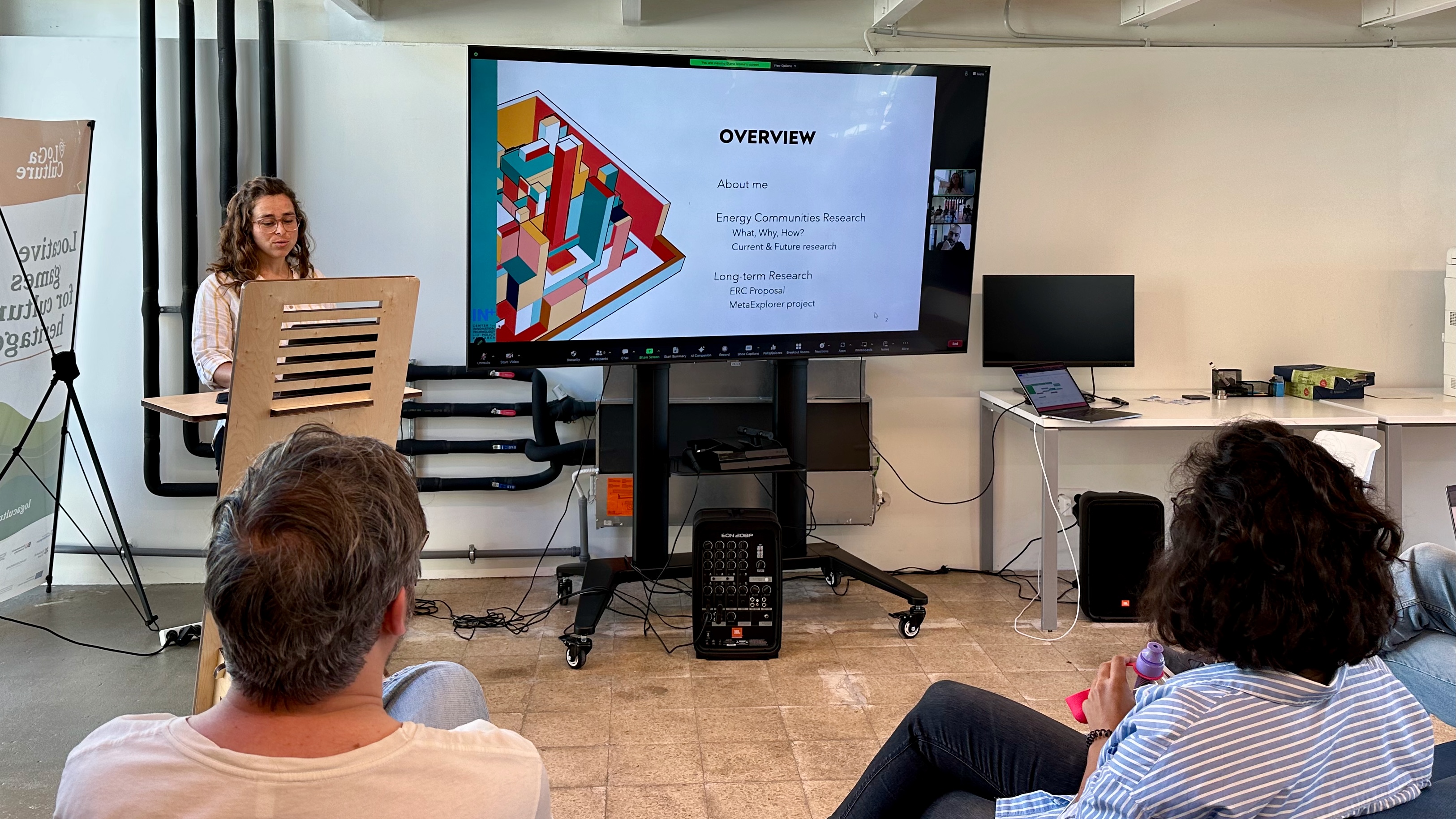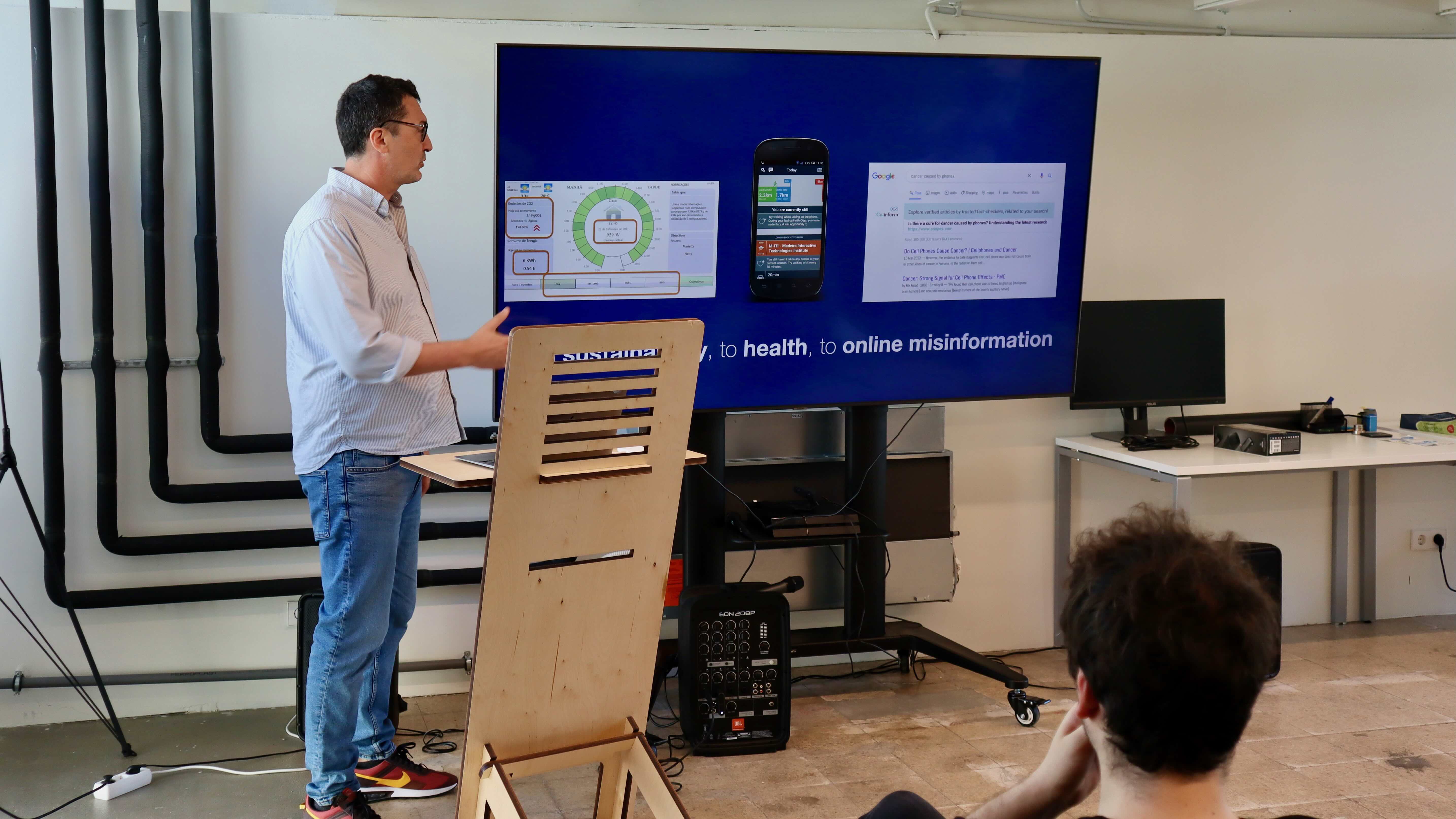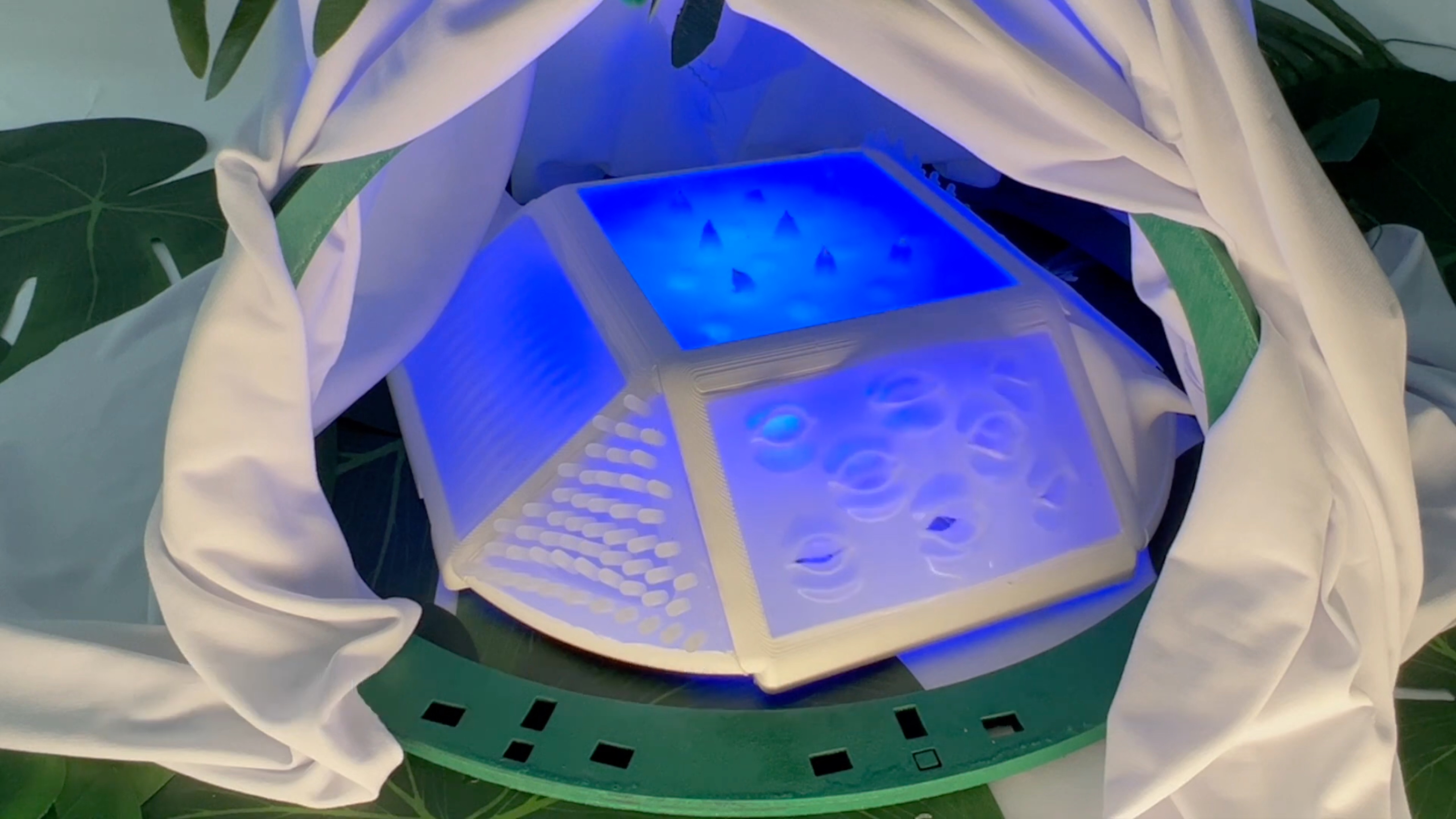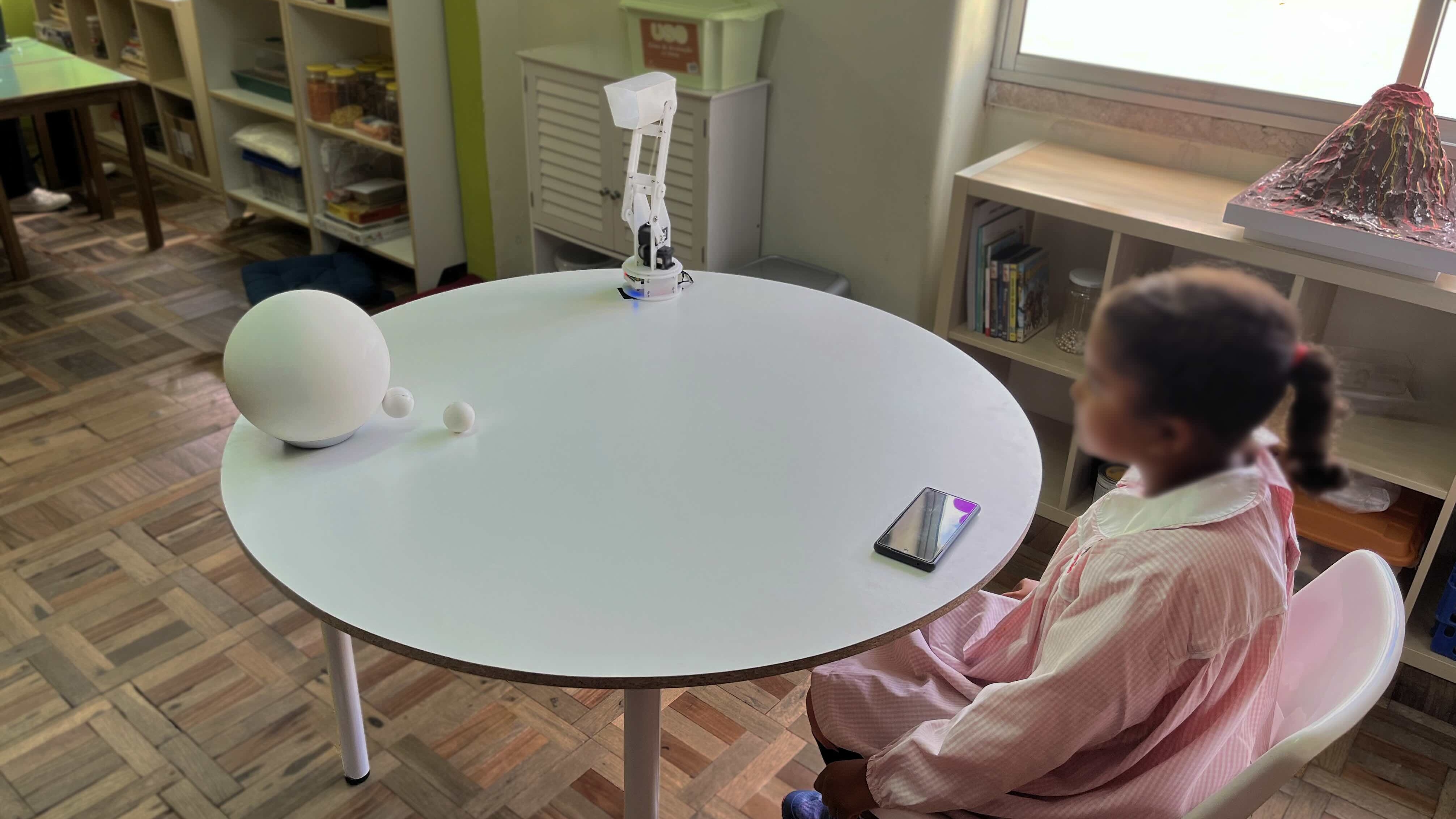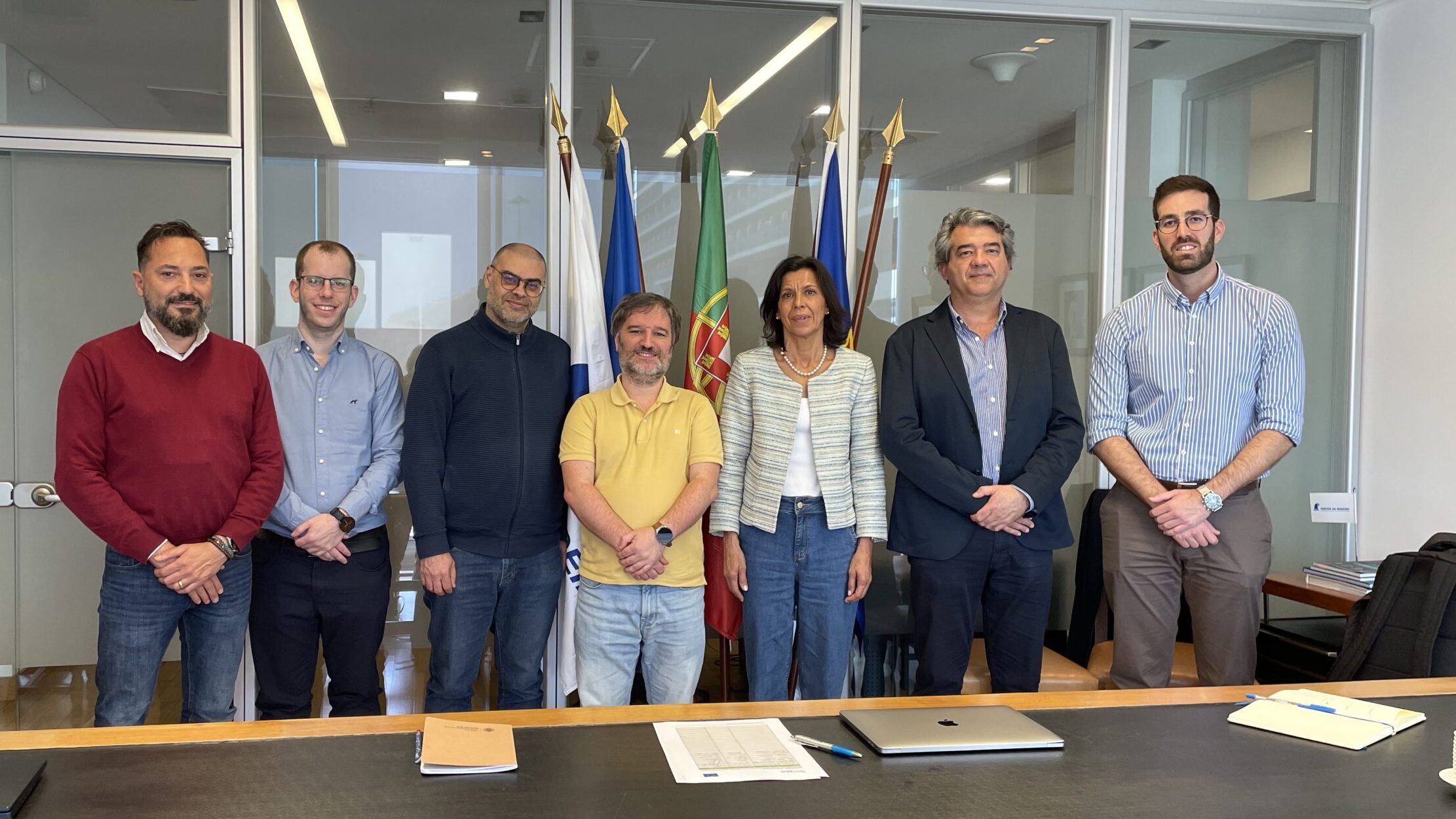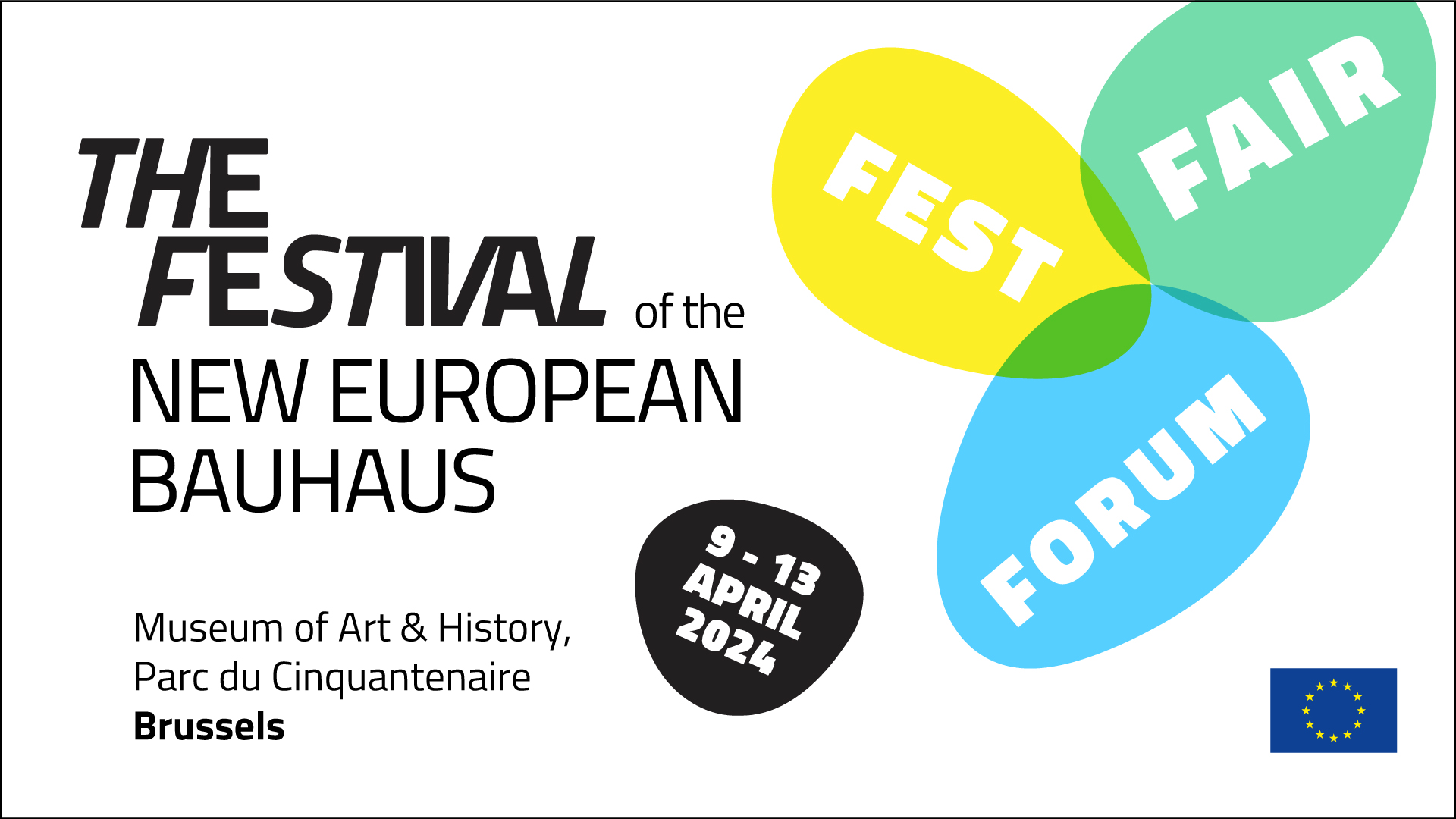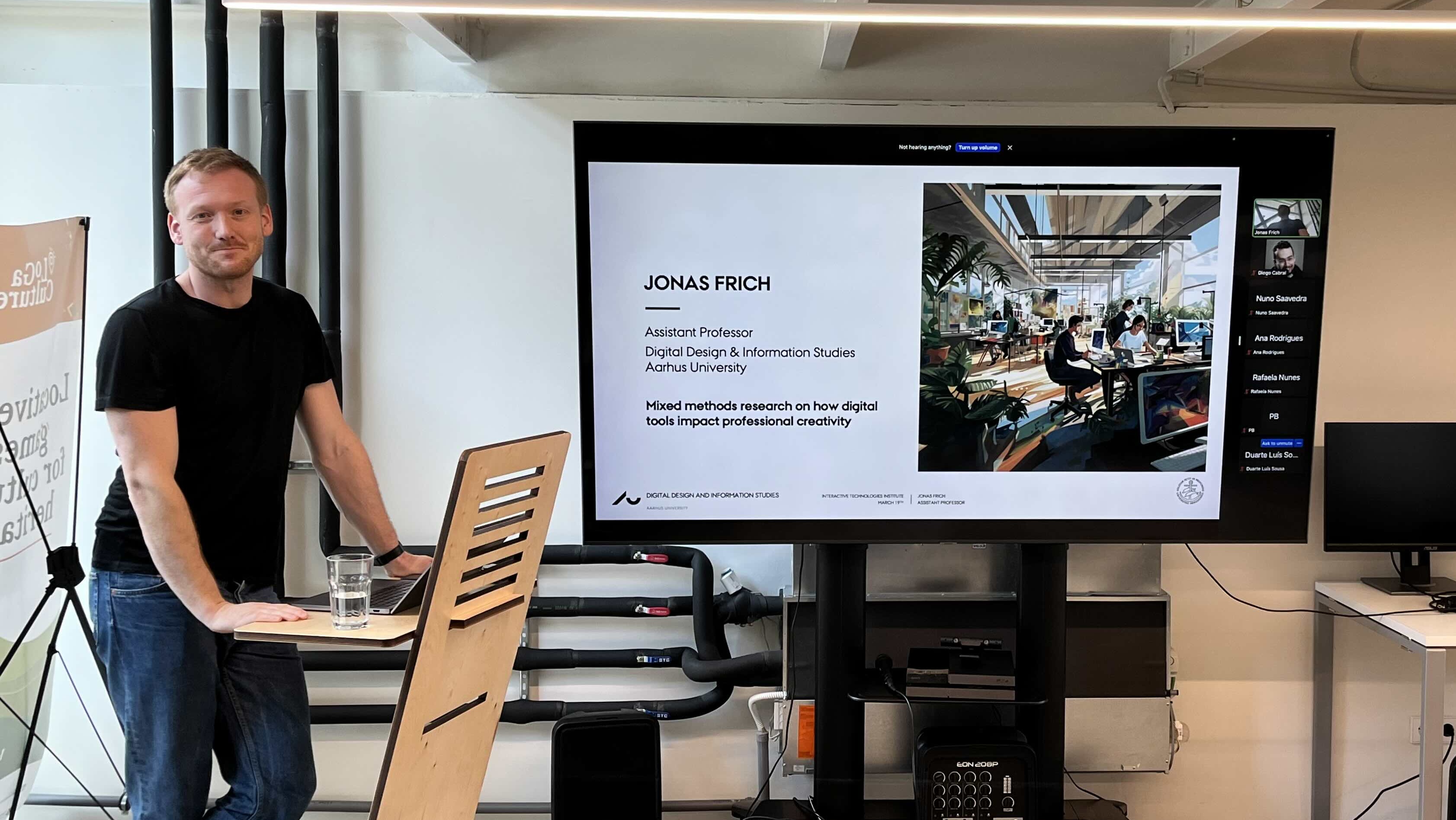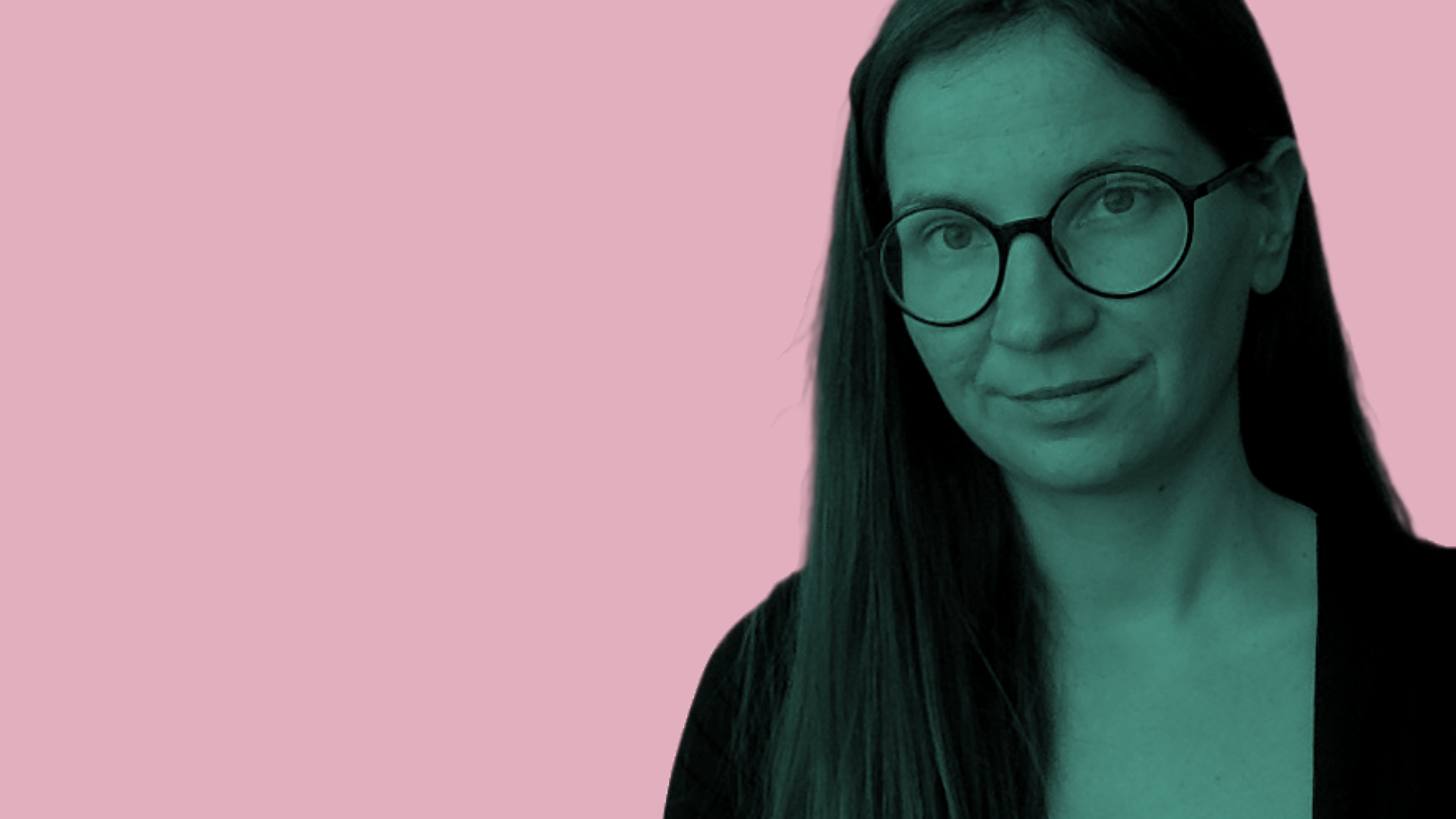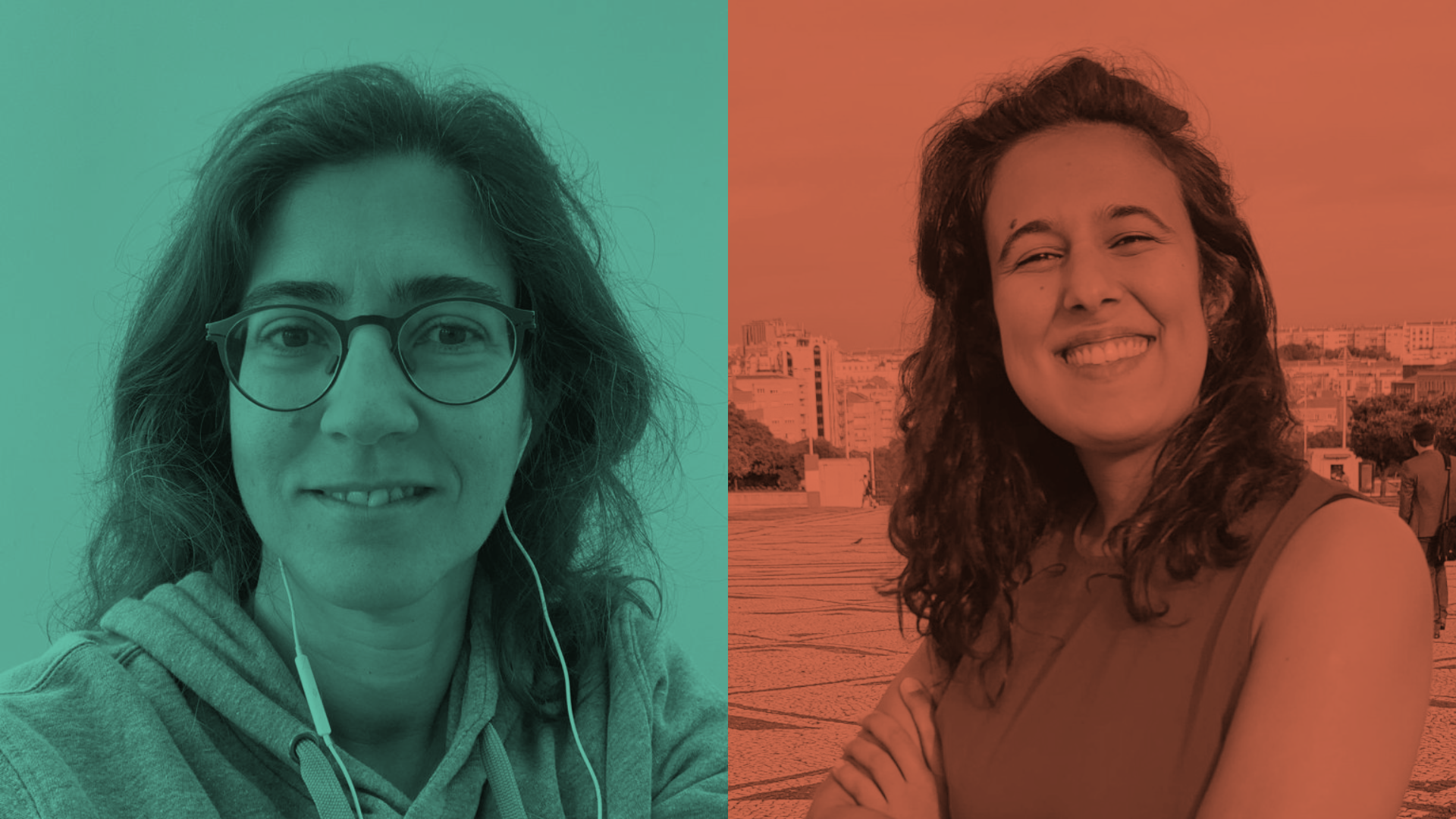A team including Interactive Technologies Institute’s researchers conducted a study with children aged five to ten years old to observe how they would react to seeing other children being excluded by robots in a controlled game setting. Even as observers, children felt left out and powerless; however, they demonstrated positive, helpful, and cooperative behaviours towards other children. Surprisingly, they were still willing and curious about playing with the ostracising robots after the experiment.
The study was led by the Interactive Technologies Institute and INESC-ID in collaboration with Reichman University (Israel). Results were presented this week at the International Conference on Human-Robot Interaction (HRI ’24). The robots deliberately left out the observed child by tossing a ball to each other and excluding the child from the game. By manipulating these interactions, the researchers effectively simulated a scenario of social exclusion, where the robotic peers excluded the child from the activity. “This method allowed us to observe how children reacted to witnessing exclusion in a controlled experimental setting, providing valuable insights into the psychological effects of robotic ostracism on children’s perceptions of belonging, control, and prosocial behaviour”, said the lead researcher, Filipa Correia.
Seeing exclusion, feeling exclusion
The study’s design and execution aimed to simulate realistic social dynamics, enabling the researchers to investigate the impact of robotic ostracism on young participants’ emotional and behavioural responses. The researchers observed various reactions from the children after witnessing social exclusion by robots: “The results indicated that children who observed exclusion between another child and two robots reported lower levels of belonging and control compared to children who observed inclusion”, added Dr. Filipa Correia.
Children who witnessed exclusion were more helpful and cooperative
Additionally, the children who observed exclusion displayed more prosocial behaviour towards another child than those who witnessed inclusion, suggesting a potential carryover effect of seeking acceptance and strengthening bonds after experiencing exclusion.
Children still want to play with ostracising robots
Despite reporting lower levels of basic needs and witnessing exclusion by the robots, the children surprisingly expressed a high willingness to play with the same robots after the experiment, indicating a complex interplay between adverse experiences and the novelty effect of interacting with robots.
The findings unveiled intriguing insights into the psychological mechanisms at play when children experience social exclusion from robots. “Despite the inherent negative effects on children’s fundamental needs, social exclusion can also be used as a constructive tool,” the study’s lead researcher noted. “Robots can serve as valuable tools for educators to demonstrate social norms and behaviours, triggering psychological mechanisms that help children cope with negative situations and foster positive actions”, she added. The study not only deepens the researchers’ understanding of child-robot interactions but also raises important considerations for developing social robots for educational settings.
Children-friendly robotics
The study raises important ethical considerations regarding designing and deploying social robots in environments with children. By highlighting the potential impact of robotic behaviours on children’s perceptions and behaviours, the research underscores the need for responsible and ethical practices in developing child-friendly robotic technologies.
“Imagine Siri would not understand your child’s accent but would always understand what their friends said. Even though this is not an intentional feature, your child might feel excluded in this scenario, which could change their feelings and actions towards other children and adults”. This awareness can guide policymakers, designers, and educators in ensuring robots’ safe and beneficial integration in educational and social settings.
The study was supported by the Portuguese Foundation of Science and Technology, the Horizon Europe Project DCitizens, and the eGamesLab PRR project.
Filipa Correia, Isabel Neto, Soraia Paulo, Patricia Piedade, Hadas Erel, Ana Paiva, and Hugo Nicolau. 2024. The Effects of Observing Robotic Ostracism on Children’s Prosociality and Basic Needs. In Proceedings of the 2024 ACM/IEEE International Conference on Human-Robot Interaction (HRI ’24). Association for Computing Machinery, New York, NY, USA, 157–166. https://doi.org/10.1145/3610977.3634997
